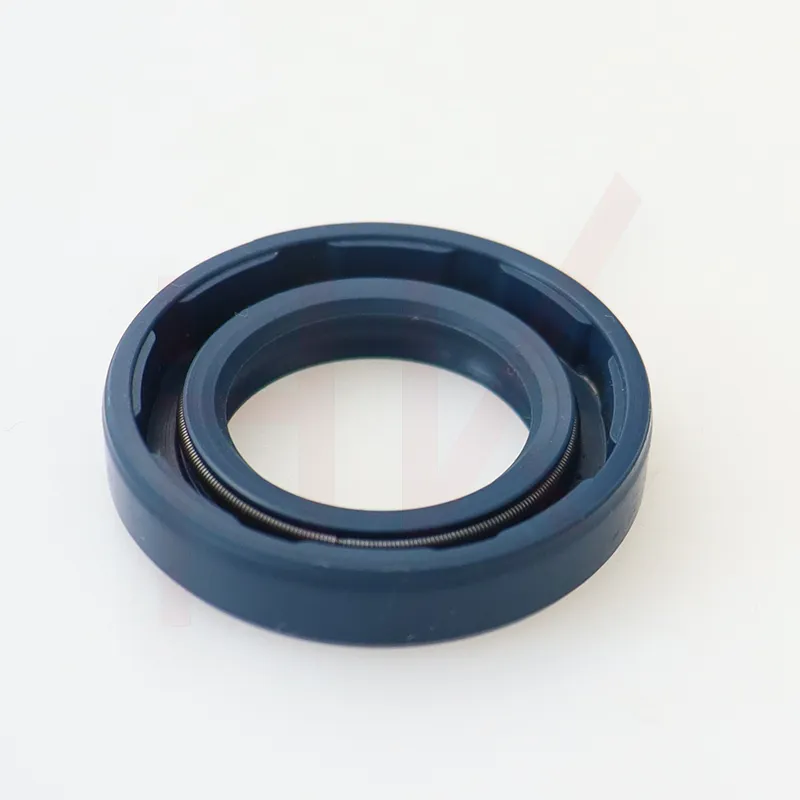Nov . 10, 2024 06:02 Back to list
Understanding the Function and Importance of Wiper Ring Seals in Mechanics
Understanding Wiper Ring Seals Importance and Applications
Wiper ring seals are essential components in various mechanical systems, particularly in hydraulic and pneumatic applications. These seals play a crucial role in ensuring the efficient operation of machinery by preventing the leakage of fluids, especially under high pressure and motion. This article delves into the importance, design, types, and applications of wiper ring seals, providing insight into why they are a critical aspect of mechanical engineering.
What is a Wiper Ring Seal?
A wiper ring seal is a specialized type of sealing device designed to remove contaminants from the surface of a rod or piston as it moves within a cylinder. These seals are commonly used in conjunction with other sealing elements to enhance performance and longevity in hydraulic actuators, pneumatic cylinders, and various industrial machinery. The primary function of a wiper ring is to prevent dirt, dust, and other particles from entering the sealing area, which could otherwise lead to premature wear and failure of the seals.
Importance of Wiper Ring Seals
The significance of wiper ring seals cannot be overstated. In hydraulic and pneumatic systems, any leakage can result in pressure loss, reduced efficiency, and potential damage to the machinery. Wiper rings serve as the first line of defense against external contaminants, thus protecting the integrity of the main sealing elements. By maintaining the cleanliness of the dynamic sealing area, wiper seals help in extending the lifespan of mechanical components, reducing maintenance costs, and enhancing overall operational reliability.
Moreover, wiper rings contribute to energy efficiency within systems. By minimizing fluid leakage and preventing the ingress of contaminants, these seals ensure that equipment operates at optimal levels, reducing the energy required to maintain pressure and flow, which can lead to significant cost savings in industrial operations.
Design Considerations
The design of wiper ring seals is crucial for their effectiveness. These seals are typically made from materials such as polyurethane, rubber, or PTFE, chosen for their durability and resistance to wear. The shape and specific design of the wiper ring can vary based on the application requirements. Common designs include single-lip, double-lip, and V-shaped configurations, each tailored to specific operating conditions.
One critical aspect of wiper ring design is its fit within the assembly. A properly fitted wiper must provide sufficient force to effectively scrape away contaminants without causing excessive friction or wear. Manufacturers often conduct extensive testing to determine the optimal hardness and profile for different applications, ensuring the seal performs effectively over a range of conditions, including varying temperatures and pressures.
wiper ring seal

Types of Wiper Ring Seals
There are various types of wiper rings available, each suited for specific applications
1. Polyurethane Wiper Rings Known for their excellent abrasion resistance and flexibility, these wipers are commonly used in hydraulic systems where high performance is required.
2. Rubber Wiper Rings These seals are generally used in less demanding applications. They offer a balance of cost and performance, making them suitable for many standard industrial uses.
3. PTFE Wiper Rings Polytetrafluoroethylene (PTFE) wipers are used in applications requiring high temperature and chemical resistance. They're ideal for harsh environments where other materials might fail.
4. Composite Wiper Rings Combining the properties of different materials, these wipers aim to provide enhanced performance in specific conditions, such as extreme temperatures or contaminants.
Applications of Wiper Ring Seals
Wiper ring seals find extensive usage across various industries. In the automotive sector, they are critical in maintaining the integrity of hydraulic brake systems and power steering assemblies. In manufacturing, wipers protect hydraulic cylinders in machines like presses, injection molding equipment, and various automated systems. The construction industry also relies on these seals in excavators, loaders, and other heavy machinery where hydraulic systems are prevalent.
In summary, wiper ring seals serve as a vital component in ensuring the reliability and efficiency of hydraulic and pneumatic systems. Their ability to keep contaminants at bay while protecting essential sealing elements cannot be underestimated. As technology advances and systems become more sophisticated, the design and materials used for wiper rings will continue to evolve, ensuring that they meet the demands of modern engineering challenges. Understanding the importance of these seals is essential for anyone involved in the design and maintenance of machinery, ensuring longevity and optimal performance.
-
TCN Oil Seal Metal Ring Reinforcement for Heavy Machinery
NewsJul.25,2025
-
Rotary Lip Seal Spring-Loaded Design for High-Speed Applications
NewsJul.25,2025
-
Hydraulic Cylinder Seals Polyurethane Material for High-Impact Jobs
NewsJul.25,2025
-
High Pressure Oil Seal Polyurethane Coating Wear Resistance
NewsJul.25,2025
-
Dust Proof Seal Double Lip Design for Construction Equipment
NewsJul.25,2025
-
Hub Seal Polyurethane Wear Resistance in Agricultural Vehicles
NewsJul.25,2025
-
The Trans-formative Journey of Wheel Hub Oil Seals
NewsJun.06,2025
Products categories
















